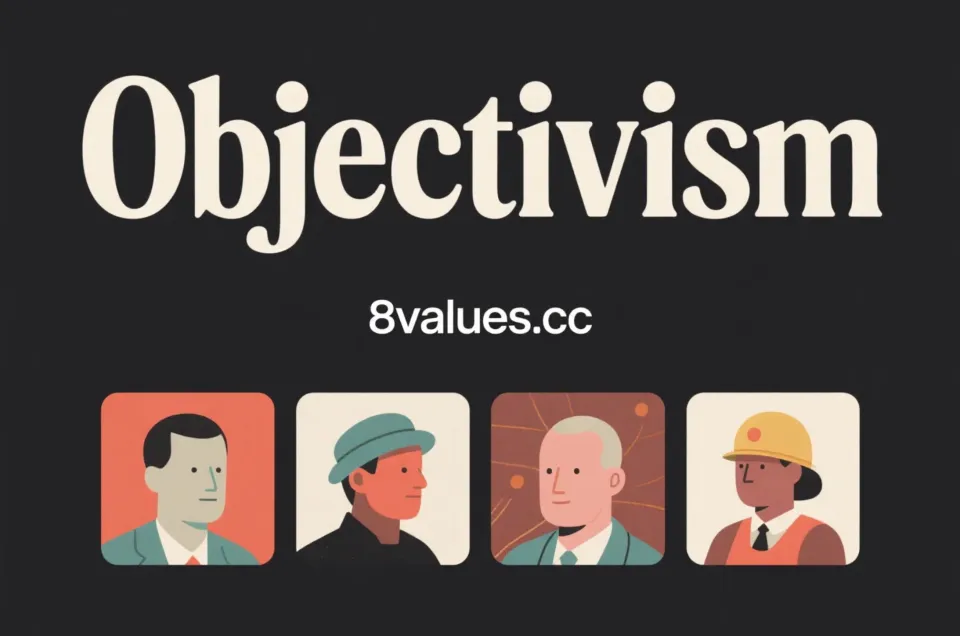From the Principles of Communism to the Communist Manifesto: The Evolution of Engels' Early Draft
A thorough interpretation of the Communist Manifesto's book-writing process: from the birth of Engels' early doctrine question-and-answer drafts, "The Draft of Communist Creed" and "The Principles of Communism", to why Marx and Engels finally chose to adopt a more revolutionary form of declaration, revealing the theoretical cornerstone of scientific socialism.
The Communist Manifesto is a far-reaching political document written by Karl Marx and Friedrich Engels . First published in February 1848, this thin work is one of the most widely read political documents in history. It not only laid the foundation for the modern socialist and communist movements, but also systematically elaborated on the theory of scientific socialism for the first time. However, behind this program, which was finally published in the form of a declaration, is the process of continuous exploration and evolution of the two authors in their thoughts and forms, especially the early question-and-answer draft of Engels, which is the key to understanding the birth of the Communist Manifesto.
Programme Commission and Theoretical Foundation of the Communist League
The Communist Manifesto is a program written at the request of the Communist League . The organization was reorganized in June 1847, a secret international association of German revolutionary workers who were exiled to London.
At the Second Congress held in London in November 1847, the Alliance formally commissioned Marx and Engels to write a "detailed theoretical and practical party program." This commission reflects the transition of the alliance from the old petty bourgeois democratic program to the new proletarian line. The alliance decided to abandon the old slogan of "All people are brethren!" and instead adopted the new slogan proposed by Engels: " Proletarians of all countries, unite! " (Proletarians of all countries, unite!).
During the Congress' discussion on the program issue, Marx and Engels reached an important consensus: the final program document should be presented in the form of a Party manifesto .
Engels' early draft: "Draft Communism Creed" and "Principles of Communism"
Before the finalization of the Communist Manifesto, Engels had drafted two early program documents, both of which adopted the catechism form commonly found in secret societies at the time.
- Draft of a Communist Confession of Faith: The document was drafted in June 1847 and was sent to the branch for discussion after the first congress of the Alliance.
- "Principles of Communism" (_Principles of Communism_): This document is the second draft drafted by Engels in October 1847 under the instructions of the leadership of the Alliance Paris branch. This draft is a revised version of the previous draft.
In "Principles of Communism" (_Principles of Communism_), Engels clearly defines Communism and the Proletariat in the form of questions and answers:
- Communism is defined as "the doctrine about the conditions for proletarian liberation."
- The Proletariat is a "social class that relies exclusively on betraying one's own labor rather than on the profit of any kind of capital to obtain means of living."
The core content of the draft has initially involved important themes of the later "Communist Manifesto":
- Elimination of private ownership : Engels pointed out that the abolition of private ownership is the "concise and most distinctive summary" of the entire social system change inevitably caused by industrial development, and therefore is the main requirement put forward by the Communists.
- Liberation of the proletariat : Engels believed that the proletariat could only liberate itself by "abolizing private property."
- Means of Revolution : Engels expressed his wish about whether it is possible to abolish private ownership through peaceful means, but also pointed out that in almost all civilized countries, the development of the proletariat is violently suppressed by the proletariat , so if the oppressed proletariat is ultimately forced to the revolutionary path, the Communists will "defend the cause of the proletariat with actions."
- Transitional Measures : In the draft, Engels listed a series of measures that could be implemented immediately after the victory of the proletarian revolution.
Although the Principles of Communism (_Principles of Communism) is easy to read and contains the preliminary view of historical materialism , Marx and Engels believe that this form of doctrinal question-and-answer is not suitable as a formal program for communist parties .
Breakthrough in form: From Doctrine Q&A to the Communist Manifesto
In a letter to Marx from November 23 to 24, 1847, Engels clearly put forward the idea of abandoning the form of doctrine question-and-answer forms and suggested that the document be named the Communist Manifesto .
Finally, Marx wrote the program in Brussels, and the work was completed in January 1848. Although Engels' early draft was an important model, it is generally believed that Marx was the main author of the Communist Manifesto , although the ideas contained in it were the culmination of years of cooperation and discussion between the two.
The abandonment of the doctrine question and answer form and adopting the declaration form is mainly based on the following reasons:
- Deepening of content and theory : Although the doctrine question and answer form was convenient for the dissemination of secret societies at that time, it was not suitable to comprehensively and fully expound the new revolutionary worldview of Scientific Socialism . The form of declaration can better accommodate the narrative and comprehensive theoretical interpretation of the historical process.
- Combatness and politics : The Communist Manifesto is not only a program document, but also an intense debate work and a dramatic call for action . The declaration form gives the text a magnificent historical momentum and poetic descriptive language. This makes the Communist Manifesto more like a "judgment" on capitalism than a boring theoretical summary.
- Break through sectarian restrictions : the form of the declaration allows the document to be directly targeted at the mass movements of Europe and the United States, without being limited to the political sect of the smaller Communist alliance at that time.
The final "Communist Manifesto" is vivid and powerful in language, full of Gothic images and metaphors. It opens with the famous "a ghost, the ghost of communism, wandering around Europe" , directly regards communism as a powerful force that all the old forces in Europe united (the Holy Alliance) in an attempt to drive away.
The Scientific Foundation Laid by the Communist Manifesto
The Communist Manifesto comprehensively elaborates on the core idea of Marxist theory for the first time, namely Historical Materialism.
- Historical view of class struggle : The basic idea that runs through the "Communist Manifesto" is: "The main economic modes of production and exchange in each historical era and the social structure that inevitably arise from it are the basis on which the political and spiritual history of the era depend on." Therefore, "all the history of all society so far is the history of class struggle."
- The historical role of the bourgeoisie : Marx and Engels acknowledged that the bourgeoisie played a "very revolutionary role" in history, breaking the feudal, patriarchal, and idyllic relationship and creating more and greater productivity than the sum of all eras in the past. However, the inherent contradictions of capitalism (socialization of production and private possession of means of production) determine its inevitable destruction and create its own "grave digger" - the proletariat (Proletariat).
- Revolutionary goal : The Communists’ theory can be summarized in one sentence: “Eliminate private ownership.” But this refers to the elimination of bourgeois private property , that is, the use of wage labor to exploit other people's property. The first step of the proletarian revolution is to "elevate the proletariat to a ruling class and strive for democracy" , and then use political rule to adopt a series of transitional measures such as high progressive income tax . The ultimate goal is to establish a "consortium" , in which "the free development of everyone is the condition for the free development of all people."
The Contemporary Significance and Continuous Influence of the Communist Manifesto
In his preface to 1872, Engels pointed out that despite the huge changes in historical conditions, the general principles elaborated in the "Communist Manifesto" are "although generally speaking to this day." Marx and Engels regarded the Communist Manifesto as a historical document , so their original text was not revised.
This book is still relevant in the analysis of the development path of human society. For example, after the global financial crisis broke out in 2008, sales of the Communist Manifesto soared sharply. Today, against the backdrop of rising global economic inequality, people still reread the Communist Manifesto to understand the ills of contemporary capitalism and its inherent contradictions .
If you have a deeper interest in political ideology and its historical evolution, you can try to conduct the 8 Values political test . Through an in-depth understanding of your own political tendencies, you can better analyze and understand various political theories and ideological contexts, including the Communist Manifesto. Please continue to browse our official blog and all 8 Values results of 8 Values ideological interpretations .






